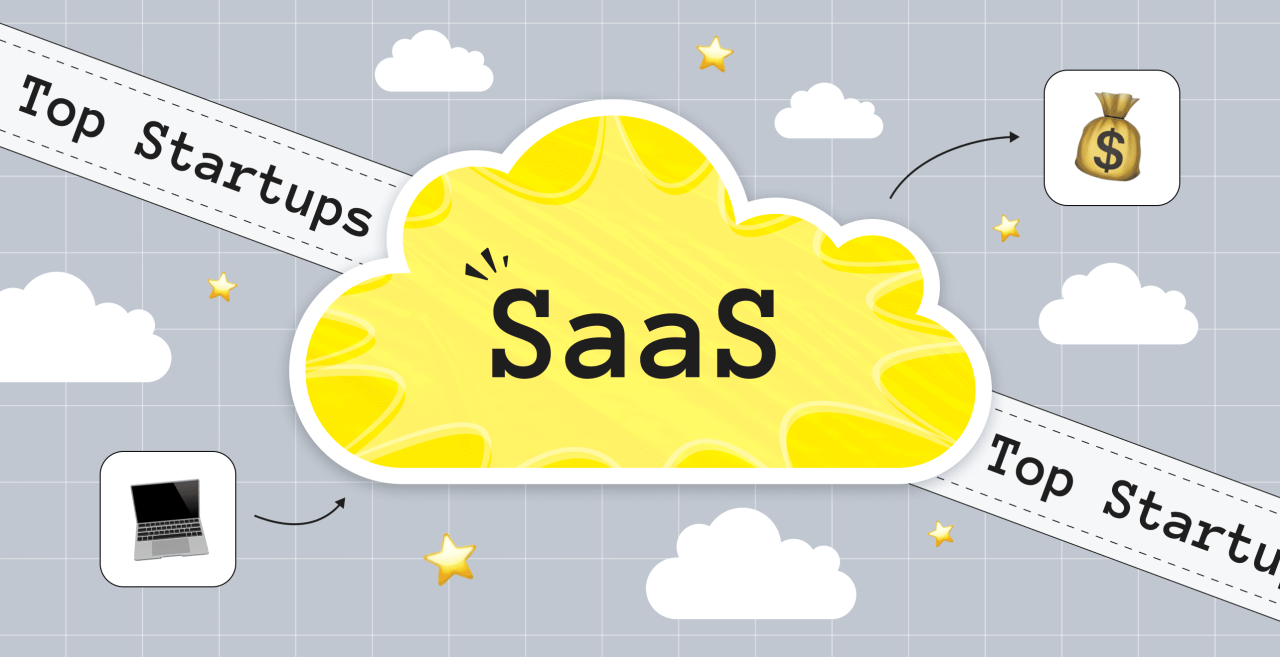How US Schools Are Adopting the Future of Learning
How US Schools Are Adopting the Future of Learning a new chapter in pedagogy is unfolding across the United States. Classrooms hum with possibility. Digital whiteboards replace chalk; virtual avatars guide students through complex concepts. Central to this evolution is AI in education in the US, a transformative force reshaping how learners engage, how teachers instruct, and how administrators optimize every aspect of schooling. Short sentences provide clarity. Longer ones delve into nuance and complexity. Together, they weave a narrative of innovation, optimism, and rigorous progress.
From kindergarten math drills to doctoral research labs, artificial intelligence has slipped into nearly every crevice of the educational ecosystem. Adaptive algorithms tailor content to individual needs. Predictive analytics anticipate learning obstacles before they arise. Intelligent tutoring systems stand ready 24/7 to scaffold student comprehension. Yet, as with any powerful tool, responsible governance, equitable access, and ethical guardrails are non-negotiable. This article journeys through the historical antecedents, current deployments, emerging use cases, and future horizons of AI in education in the US, offering a comprehensive view of how tomorrow’s learning is being crafted today.

1. Historical Evolution of Education Technology
The integration of technology into classrooms has a storied past.
- 1960s–1980s: Computer-Assisted Instruction
- Early mainframe systems delivered drill-and-practice exercises.
- Students queued in computer labs; access was scarce and rigid.
- 1990s–2000s: Web-Based Learning
- The internet democratized content delivery.
- Learning Management Systems (LMS) like Blackboard provided asynchronous portals.
- 2010s: Mobile and Cloud Ubiquity
- Tablets and smartphones brought learning to students’ fingertips.
- Cloud architectures enabled scalable resource sharing.
Today’s infusion of AI in education in the US represents the latest inflection point. Unlike earlier waves—which largely digitalized existing practices—this new era embeds intelligence at the core of the learning process. Algorithms listen, adapt, predict, and even empathize in rudimentary ways, heralding a shift from static instruction to dynamic, data-driven pedagogy.
2. Adaptive and Personalized Learning Systems
Imagine a classroom where every student receives a curriculum sculpted to their unique aptitudes and interests. That vision is becoming reality through adaptive learning platforms powered by machine learning models.
- Curricular Personalization: Algorithms analyze quiz responses, time-on-task, and engagement metrics. They then adjust lesson difficulty, pacing, and modality to optimize mastery.
- Meta-Learning Engines: These sophisticated subsystems identify patterns across cohorts—highlighting common misconceptions and informing educators which concepts require reteaching.
- Ontological Frameworks: By mapping subject matter into interconnected knowledge graphs, AI can recommend prerequisite modules to strengthen foundational understanding before advancing.
The result is a learning experience that feels bespoke. Students no longer drift through a monolithic syllabus; instead, they embark on a tailored trajectory that accelerates growth while keeping frustration at bay. In classrooms from rural Alaska to suburban New Jersey, AI in education in the US is catalyzing unprecedented personalization.
3. Intelligent Tutoring and Virtual Assistants
Teachers are superheroes, but even they need sidekicks. Enter intelligent tutoring systems (ITS) and virtual teaching assistants (VTA).
- Real-Time Feedback Loops: ITS platforms parse student inputs—from essay drafts to algebraic proofs—and offer instantaneous hints, explanations, or scaffolded questions.
- Conversational Agents: Powered by natural language processing, these bots can hold Socratic dialogues, challenge assumptions, and even simulate historical figures for immersive learning experiences.
- Multimodal Interaction: Some systems integrate voice recognition, gesture tracking, and eye-gaze analytics to gauge comprehension, adjusting prompts accordingly.
Such tools extend the teacher’s reach beyond the classroom bell. A student struggling with quadratic equations at home can summon a VTA that guides them step-by-step, reinforcing concepts until mastery. Meanwhile, educators receive synoptic dashboards highlighting which students need intervention, where the class collectively excels, and opportunities for enrichment. This synergy underscores the profound impact of AI in education in the US on both instruction and assessment.
4. Data Analytics and Predictive Insights
Behind every click, keystroke, and quiz submission lies a trove of actionable data. Harnessing it effectively requires robust analytics pipelines and predictive modeling.
- Early-Warning Systems: Predictive algorithms flag students at risk of falling behind or dropping out, based on attendance patterns, assignment timeliness, and engagement metrics.
- Learning Trajectory Analysis: Time-series models chart individual progress across subjects, forecasting proficiency timelines and suggesting optimal intervention windows.
- Curriculum Optimization: Aggregate data informs curriculum review committees, highlighting which modules generate the highest mastery and which need redesign.
These insights empower administrators to allocate tutoring resources strategically, tailor professional development, and even reconfigure class schedules to maximize learning continuity. In doing so, they exemplify how AI in education in the US is transitioning decision-making from intuition-driven to evidence-based.
5. Administrative Automation and Efficiency
The operational backbone of schooling—enrollment, scheduling, facilities management—consumes vast human capital. AI-driven automation platforms are streamlining these processes.
- Intelligent Enrollment Systems
- Chatbots guide prospective families through application portals, answering FAQs and verifying documentation.
- Natural language understanding parses uploaded transcripts, auto-tagging course equivalencies and prerequisites.
- Dynamic Scheduling Engines
- Constraint-satisfaction solvers generate optimal timetables, balancing teacher availability, room capacities, and individual learning needs.
- Real-time adjustments accommodate unexpected closures or staffing changes with minimal disruption.
- Resource Allocation and Maintenance
- IoT sensor networks monitor HVAC performance and classroom occupancy, triggering predictive maintenance requests.
- AI analyzes usage patterns to forecast supply needs—textbooks, lab materials, even cafeteria staples—reducing waste and costs.
By automating routine administrative tasks, schools free staff to focus on community engagement, instructional design, and student support. In turn, the pervasive influence of AI in education in the US extends from classrooms to main offices.
6. Teacher Empowerment and Professional Development
No technology can replace the relational artistry of teachers. But AI can amplify their impact through targeted professional learning.
- Micro-Credentialing Platforms: Adaptive courses present teachers with pedagogical challenges—classroom management scenarios, assessment design problems—and tailor feedback based on performance.
- Reflective Practice Analytics: AI examines lesson plans and classroom recording transcripts to identify teaching patterns, offering suggestions for pacing, questioning techniques, or inclusive language usage.
- Collaborative Knowledge Graphs: Educators contribute insights into a shared ontology, enabling peer-to-peer mentorship and crowd-sourced best practices.
Such systems cultivate a culture of continuous improvement. By spotlighting both strengths and growth areas, AI fosters a metacognitive loop whereby teachers refine their craft with granularity and speed previously unattainable. In essence, AI in education in the US is as much about uplifting instructors as it is about supporting learners.
7. Equity, Access, and Ethical Considerations
The promise of AI must be coupled with vigilance to avoid perpetuating existing inequities. Key considerations include:
- Algorithmic Fairness: Ensuring predictive models do not disadvantage students based on race, socioeconomic status, or disability. Techniques such as disparate impact remediation and fairness-aware learning algorithms are essential.
- Data Privacy and Security: Student information—biometric data, engagement logs, performance histories—requires robust encryption, anonymization, and consent protocols to comply with FERPA and emerging state regulations.
- Digital Divide Mitigation: Equitable hardware distribution, broadband access initiatives, and user-friendly interfaces help ensure that rural or low-income districts can leverage AI tools without exacerbating disparities.
Policymakers, ed-tech developers, and district leaders must collaborate in crafting governance frameworks that balance innovation with protection. Only then can AI in education in the US fulfill its egalitarian potential.
8. Challenges and Limitations
Despite its promise, AI integration in schools faces hurdles:
- Infrastructure Gaps
- Inconsistent Wi-Fi coverage and outdated devices hamper real-time AI applications, particularly in under-resourced districts.
- Professional Capacity
- Educators need ongoing training to interpret AI insights, avoid overreliance on algorithmic outputs, and integrate tools pedagogically.
- Cultural Resistance
- Concerns around reduced human interaction, data misuse, or technocratic control can breed skepticism among stakeholders.
- Interoperability Issues
- A fragmented ed-tech landscape—with myriad vendors and proprietary systems—complicates seamless data exchange and holistic analytics.
Addressing these obstacles requires sustained investment, stakeholder engagement, and an iterative implementation strategy. Only through deliberate, phased rollouts can schools harness the full spectrum of AI in education in the US without unintended fallout.
9. Future Horizons and Emerging Trends
The trajectory of AI-driven learning continues to accelerate, propelled by novel research and cross-sector collaborations:
- Augmented Reality (AR) Pedagogy: AI-enhanced AR overlays bring historical events to life on classroom walls or immerse biology students inside a cell’s interior.
- Neuroadaptive Learning: Brain-computer interfaces, in tandem with machine learning, could adjust instructional stimuli in real time based on neural engagement patterns.
- Federated Learning Consortia: Districts share model updates rather than raw data, preserving privacy while improving predictive accuracy across diverse populations.
- Emotion-AI for Social-Emotional Learning: Sophisticated affect recognition systems support SEL curricula by detecting stress, confusion, or motivation in facial expressions and vocal tones.
Each innovation builds upon the solid foundation of AI in education in the US, promising richer, more responsive learning environments tomorrow.
From the earliest computer labs to today’s cloud-powered classrooms, the evolution of technology in American education has been inexorable. Yet, the current wave—characterized by intelligent algorithms, data-driven insights, and adaptive pedagogy—marks an inflection unrivaled in scope and potential. AI in education in the US is advancing not as a gimmick, but as a comprehensive scaffold that empowers students, amplifies teacher expertise, and streamlines operational workflows.
Challenges remain. Equity must remain center stage. Ethical guardrails must be rigorous. But the promise is profound: a future where every learner’s path is illuminated by personalized guidance, real-time feedback, and boundless curiosity. The future of learning is here—and it’s intelligent, inclusive, and inspired.




